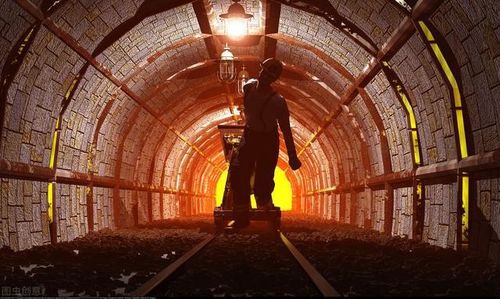According to Indonesian media on November 22, the Ministry of Energy and Mineral Resources (ESDM) of Indonesia is still evaluating the plan to restrict the construction of new nickel smelters. Such smelters are mainly used for secondary nickel smelters to produce ferronickel (FeNi) and nickel pig iron (NPI).
Arifin Tasrif, Minister of Energy and Mineral Resources, said that the moratorium on the construction of “a new nickel smelter that uses rotary kiln electric furnace (RKEF) technology to produce nickel pig iron (NPI) and nickel iron (FeNi) in the form of secondary nickel processing products” was still under discussion.
According to Arifin, the government hopes that this regulation will take effect immediately, because the added value of processing high-grade nickel into steel is relatively small compared with the electric vehicle battery derivatives derived from low-grade nickel ores.
Arifin said when meeting in DPR RI building on Monday: “Yes, RKEF is being evaluated. It is being evaluated. Please wait, because we also want it. There is not much pig iron for this added value, right?”
As we all know, the government’s goal is to build up to 53 mineral processing and refining plants (smelters), such as nickel, bauxite, etc. However, the government is pessimistic about whether the plant can be completed in 2023, because only 21 smelters will be built by 2021.
Irwandy Arif, the special staff member of the Minister of Energy and Mineral Resources who is responsible for accelerating the management of minerals and coal, previously explained that by 2021, 21 refining facilities will have been built. The other 32 units are still under construction.
Among the 21 smelters put into operation, there are 15 nickel smelters, 2 bauxite smelters, 1 iron smelter, 2 copper smelters and 1 manganese smelter.
It is planned to build 7 more refineries by 2022, bringing the total number of refineries to 28. Among them, there are 3 nickel smelters, 1 bauxite smelter, 1 lead smelter and 1 zinc smelter.
This means that 25 other smelters are still under construction next year.
Irwandy said in the virtual discussion on Friday: We have 21 smelters, and there are still 7 this year. We expect 53 smelters in 2023, which may not be realized now.
Irwandy also explained that there are several challenges in the construction of the smelter, including licensing (HGB, IMB, IPPKH, tailings/waste), capital, energy supply (electricity charges, installation costs), land and other issues such as the arrival of tools and foreign workers, and technology.
“In fact, if 53 smelters are completed as scheduled, it will be a support for domestic downstream. We must face many challenges and still have many projects under construction to complete. If completed, it will support downstream. The difficulty is that one fund, two power sources and three licenses are sometimes too long. “He concluded.




